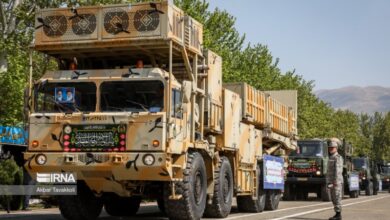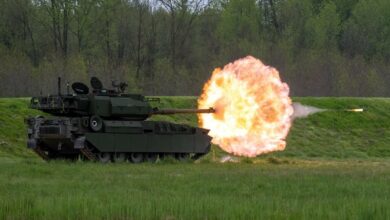The Defense Advanced Research Projects Agency (DARPA) has begun developing a field-deployable blood substitute for soldiers injured on the battlefield.
Lack of readily available blood for military casualties is one of the most common causes of preventable death during warfighting missions.
Blood is complicated to carry and manage because, apart from limited availability due to donor dependence, it requires cold storage and has limited viability.
Patients also need to be administered blood within 30 minutes of injury to improve their chances of survival. Oftentimes, such a time frame is not achievable with real donated blood.
Shelf-Stable Blood Substitute
DARPA’s Fieldable Solutions for Hemorrhage with bio-Artificial Resuscitation Products (FSHARP) program seeks to develop a shelf-stable blood equivalent that can be used to resuscitate trauma patients when real blood is not available.
“When blood donations decline – as we have seen during the COVID pandemic – that threatens availability everywhere, even in high resource settings,” program manager Jean-Paul Chretien said in a press release.
“Blood availability also could be at risk in military engagements with large numbers of casualties, with a sudden and significant increase in need.”

Integrating Bio-Artificial Components
DARPA has chosen a team from the University of Maryland – Baltimore to lead the FSHARP project.
The objective is to integrate multiple bio-artificial and synthetic components to deliver oxygen, stop bleeding, and replace key therapeutic functions of real blood.
The team will also formulate strategies to stabilize the substitute blood for many months without putting it in cold storage.
Chretien explained that to meet the program’s goals, multiple companies and organizations must work together to develop analogs of various blood components and evaluate the efficacy and safety of the blood equivalent.
“This is truly a ‘DARPA Hard’ problem and an example of DARPA’s ability to facilitate the partnerships needed to achieve technological breakthroughs,” he stressed.











